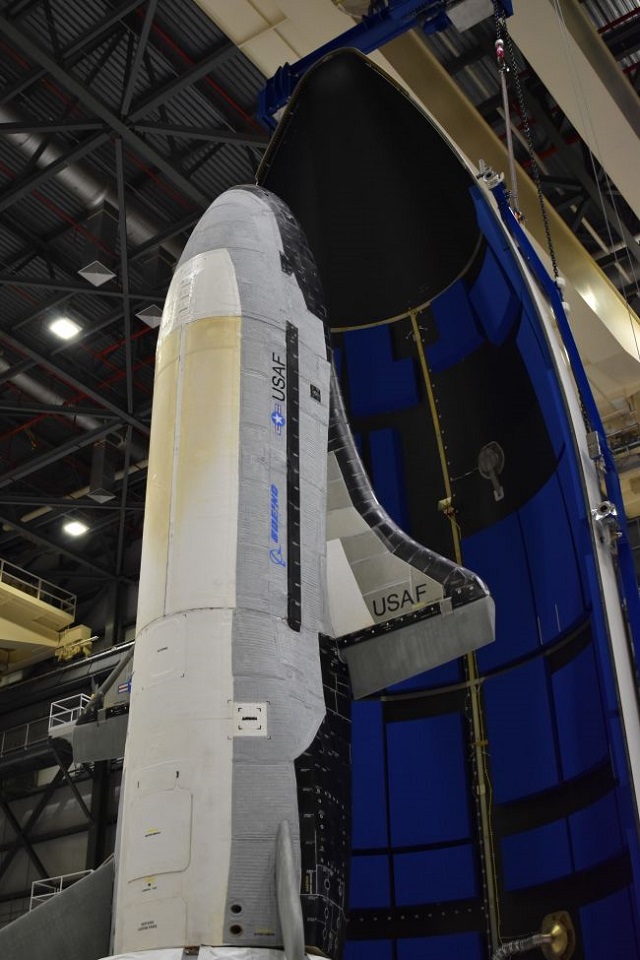
The May 16 launch at Cape Canaveral will mark the reusable space vehicle's first deployment under the Space Force and it will also be the first to use an attached compartment to carry out additional tests.
Maybe your purpose on this planet isn't on this planet.https://t.co/lr7tBQp775 pic.twitter.com/oHLgwcY2eq
— United States Space Force (@SpaceForceDoD) May 6, 2020
“In today’s age of electrons, space systems track storms, locate stranded motorists, timestamp credit card transactions, and monitor treaty compliance,” Barrett said in a statement.
Japan is drafting protocols for dealing with UFOs
“Demonstrating the department’s innovation, this X-37B mission will host more experiments than any prior missions. This launch also demonstrates the department’s collaboration that pushes the boundaries for reusable space systems.”
While the X-37B technically belongs to the Air Force, the Space Force will be responsible for its launch as well as its operations in the orbit and its landing.
May's launch will be the first since the vehicle's fifth mission was completed in October when it landed after spending 780 days in orbit. The vehicle has spent a total of seven years and 10 months in orbit, according to the Space Force.
Buy a piece of the moon for just $2.5 million
This mission will include the deployment of the FalconSat-8, which will be used to conduct experiments, and two NASA experiments to study the effects of radiation and other space effects on materials and seeds used to grow food said the Space Force.
An additional test is run by the US Naval Research Laboratory will test the transformation of solar power into energy that can be sent back to Earth.
"We are excited to return the X-37B to space and conduct numerous on-orbit experiments for both the Air Force and its mission partners," Lt Col Jonathan Keen, X-37B program.


1724318195-0/BeFunky-collage]_____-(59)1724318195-0-165x106.webp)




1730625796-0/Copy-of-Untitled-(13)1730625796-0-270x192.webp)
-in1715608548-0/World-Artificial-Intelligence-Conference-(WAIC)-in1715608548-0-270x192.webp)
1730538908-0/BeFunk_§_]-(27)1730538908-0.jpg)




1730706072-0/Copy-of-Untitled-(2)1730706072-0-270x192.webp)
COMMENTS
Comments are moderated and generally will be posted if they are on-topic and not abusive.
For more information, please see our Comments FAQ